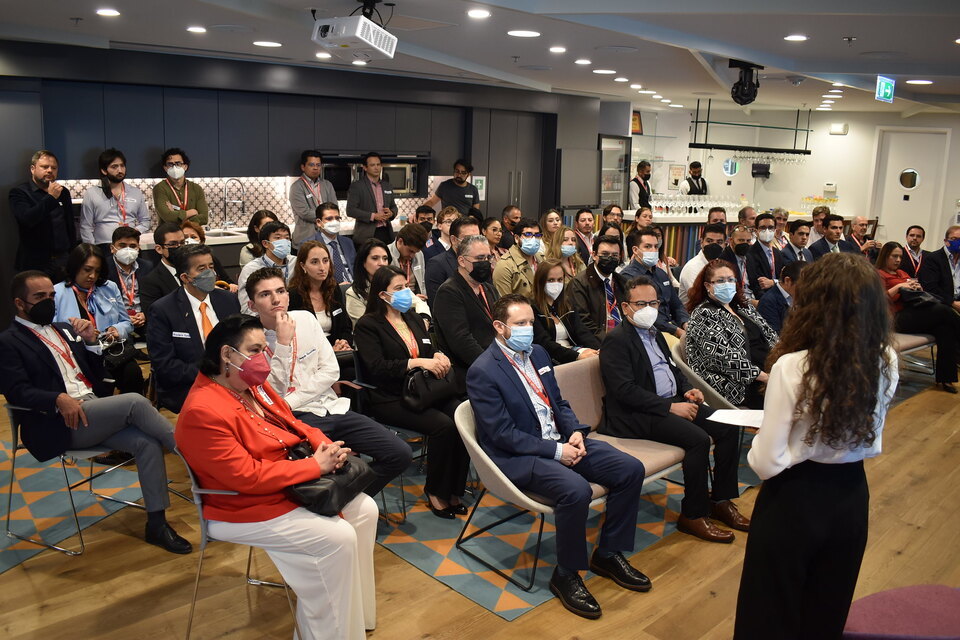Financial services increasingly targeted for API-based cyberattacks
A report published Monday by cloud services and CDN (content delivery network) platform Akamai said that the financial services industry is an increasingly popular target for a wide range of cyberattacks, with application and API attacks against the vertical more than tripling in the past year.
APIs are a core part of how financial services firms are changing their operations in the modern era, Akamai said, given the growing desire for more and more app-based services among the consumer base. The pandemic merely accelerated a growing trend toward remote banking services, which led to a corresponding growth in the use of APIs.
With every application and every standardization of how various app functions talk to one another, which creates APIs, the potential target surface for an attacker increases, however. Only high-tech firms and e-commerce companies were more heavily targeted via API exploits than the financial services industry.
“Once attackers launch web applications attacks successfully, they could steal confidential data, and in more severe cases, gain initial access to a network and obtain more credentials that could allow them to move laterally,” the report said. “Aside from the implications of a breach, stolen information could be peddled in the underground or used for other attacks. This is highly concerning given the troves of data, such as personal identifiable information and account details, held by the financial services vertical.”
Beyond attacking financial services firms themselves, the report said, cybercriminals have customer accounts in their sights as well. More than 80% of attacks against companies in the industry target customers, instead of institutions, via phishing or direct attack.
Attackers have been quick to leverage zero-day vulnerabilities discovered in systems used by financial services companies, noted Akamai. One example from this year is the remote code execution vulnerability found in Atlassian’s Confluence Server and Data Center products—less than a week after the flaw was publicly disclosed, Akamai recorded nearly 80,000 Confluence-based attacks per hour during one period in the evening of June 7.
The…



